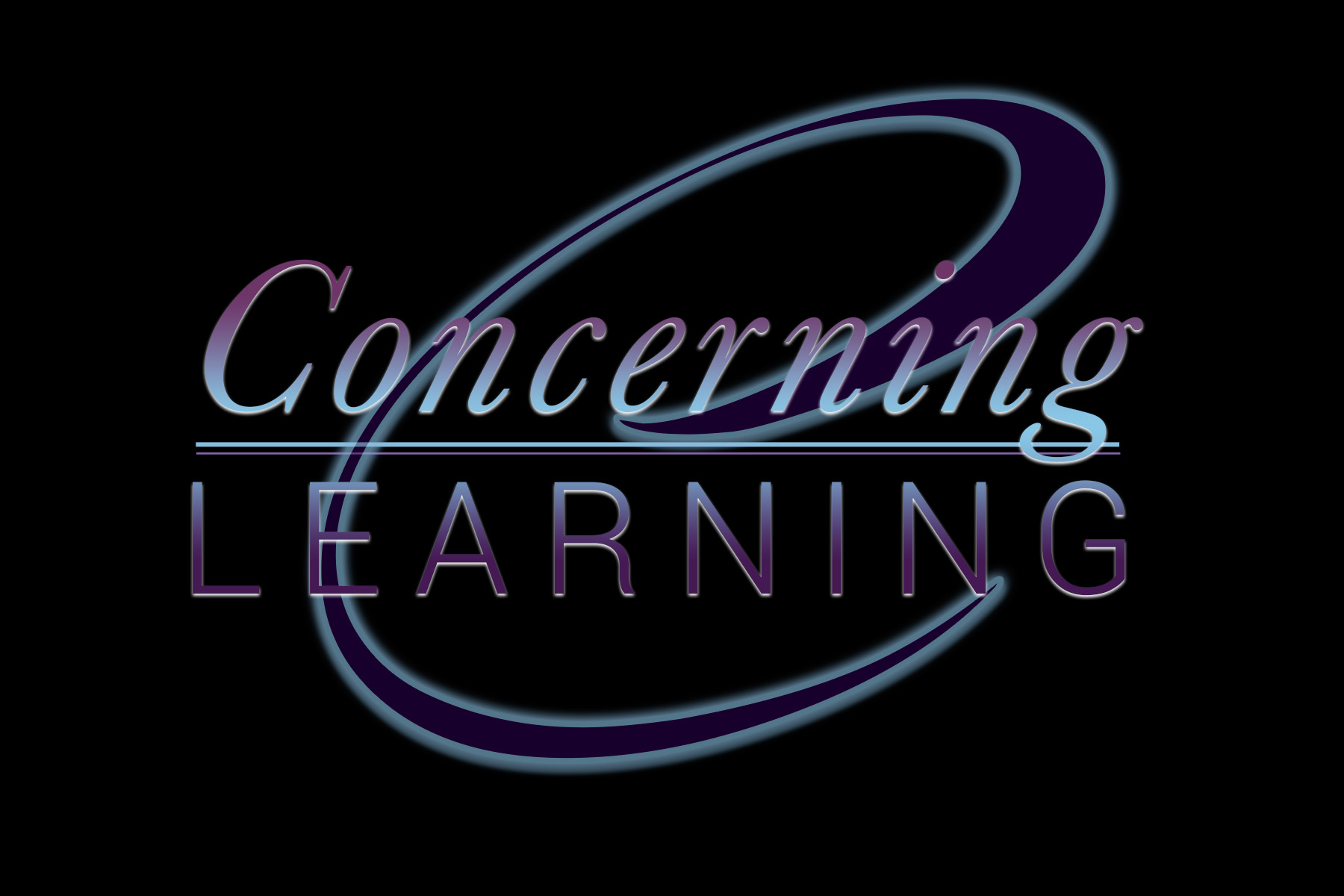Are You an Agile Learner?
I published a post on LinkedIn that asks the question, "Is Cam Newton an Agile Learner?" Now, I'm asking are you an agile learner? Do you know how to increase your agile learning skills? Well here's a few tips to get you started.
First: Eliminate your Fears
Challenge the status quo, be innovative, and dare to be different. It's alright if your're the only one in the room who wants to adopt a new way of doing things. You have to be open to new experiences. New experiences bring challenges and the greatest learning moments. Getting rid of your fears to try something new or embark on a new experience opens your mind to learning. It increases your brain's capacity to learn.
Try a new experience like stepping into a new role or volunteer to lead a challenge project.
Second: Keep Calm, but Keep Going
Agile learners refrain from panicking even when they are facing difficulty. They perform even when they are in challenging situations. In order to be in a position to receive the lessons from the experience, you need to stay engaged and present. You will miss the learning experience if you are consumed with stress and anxiety.During your next challenging experience, try to stay focused on the task at-hand. Pay close attention to what's going on with you, in your environment, and others' behavior. This will prepare you to receive the lessons learned.
Third: Be Insightful and Reflective
If you don't take time to reflect on the successes and failure, you will have gone through the experience without any learning. Chances are, you will probably repeat the success with no enhancement or failure with no change in improved behavior. Your goal should always be to experience challenges but learn something from them. In order to sift through your thoughts and figure out what you need to learn, you have to sit still and spend some time thinking. It may also require you to seek feedback from others. This can confirm your thoughts or send you down a different path of learning that you couldn't have gotten to without input from someone else.Take a moment to reflect on the last failure or success. What did you learn from the experience? It's a good practice to do this at least at the end of every day to get in the habit of learning.
Fourth: Take Action and Risks
Once you've gone through that challenging experience, kept your cool, and taken time to reflect, it's time to take action! You have to be deliberate about putting yourself in a similar or equally challenging situation or experience to test what you've learned. Agile Learners continuously stretch themselves and seek opportunities to apply what they've learned from previous situations and experiences. How will you know that you've learned, if you don't get adventurous and make yourself uncomfortable.Don't shrink because something didn't work out the way that you planned.
Don't disappear because you flopped. Take on another challenge, and apply your "expert" learning to the new experience.
Improve Your Agile Learning Capabilities
Here's what you need to do to increase your agile learning capabilities...
Keep a journal of your successes and failures.•
Take notes describing your new ideas, innovations, challenges, successes, failures, and expected outcomes.
Reflect on how you felt, how you impacted others, and what you learned. Write it down.•
Seek a new opportunity to stretch and challenge yourself.
Apply your learning to a new experience or situation.
I've experienced setbacks, successes, and failures. This process continues to work for me and I hope it works for you too! Let me know how this works out for you.
